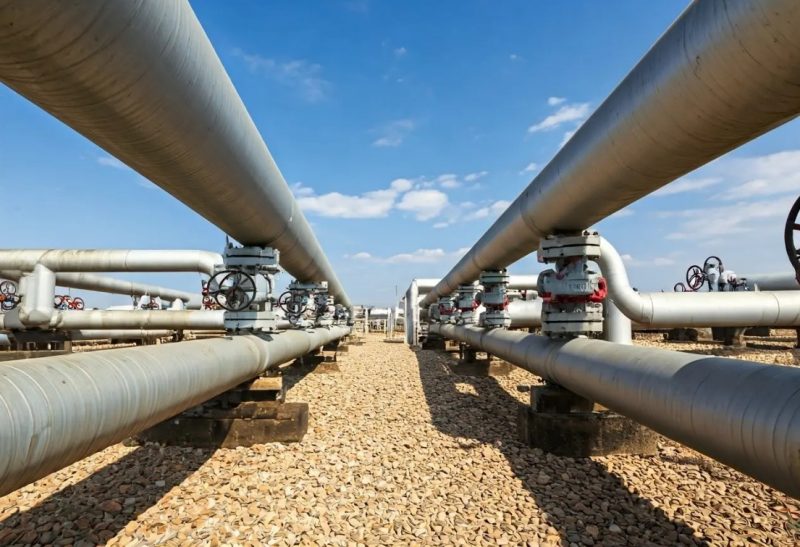
Tariffs and Geopolitics Disrupt Global API Steel Demand
API steel demand remains under pressure due to global political tensions and escalating US trade barriers. The US government’s decision to raise Section 232 tariffs to 50% has disrupted the API line pipe supply chain. Buyers now face higher costs, delayed shipments, and renegotiated contracts. Despite strong project activity in the United States, domestic producers are booked out, forcing companies to import high-grade pipe products from overseas.
Meanwhile, oil market volatility adds further uncertainty. Brent crude surged to a six-month high of $77.08 per barrel on June 19, following increased conflict in the Middle East. Although a ceasefire between Iran and Israel briefly eased concerns, the risk of disruption in the Strait of Hormuz remains. This instability could raise energy prices and impact API line pipe investment decisions globally.
Investment in energy infrastructure remains solid across the US, Latin America, Africa, and the Middle East. However, carbon capture projects are slowing due to high financing costs. While short-term API steel demand remains mixed, long-term prospects show moderate optimism, especially as energy demand continues to rise globally.
API Steel Prices Stay Flat as Orders Slow and Imports Shift
European plate producers are seeing fewer orders for API-grade coils and plates as project delays persist. Mills in Europe still have open capacity for the second half of 2025, with X60/X65 prices largely unchanged from Q2. A weakening US dollar has made Asian-origin material more competitive, though regional buyers remain cautious amid low demand and geopolitical risks.
In Asia, prices for API X60/X65 hot rolled coil and plate remain steady. Producers continue to offer delivery slots for September and October, reflecting ample capacity. US buyers, faced with high tariffs and long lead times, still rely on imports for technically advanced grades of pipe. However, some overseas orders have been postponed or canceled due to uncertainty over final tariff levels.
The July 9 deadline for resolving country-specific reciprocal tariffs may influence future import strategies. Until then, uncertainty continues to cloud market sentiment. Industry participants expect API steel demand to improve in 2026, but current global instability and trade friction pose immediate downside risks.
SuperMetalPrice Commentary:
The current API steel market reflects a complex mix of geopolitical risk, trade policy, and fluctuating project activity. The doubling of US steel tariffs has created a chokepoint for critical infrastructure projects, especially as domestic mills struggle with capacity. Buyers continue to source globally, despite rising costs, underscoring the resilience of demand for specialized API line pipe. As global energy demand grows, the second half of 2025 will test the market’s ability to navigate political and economic turbulence. Strategic sourcing and clear trade policy will be essential in shaping the outlook for 2026.





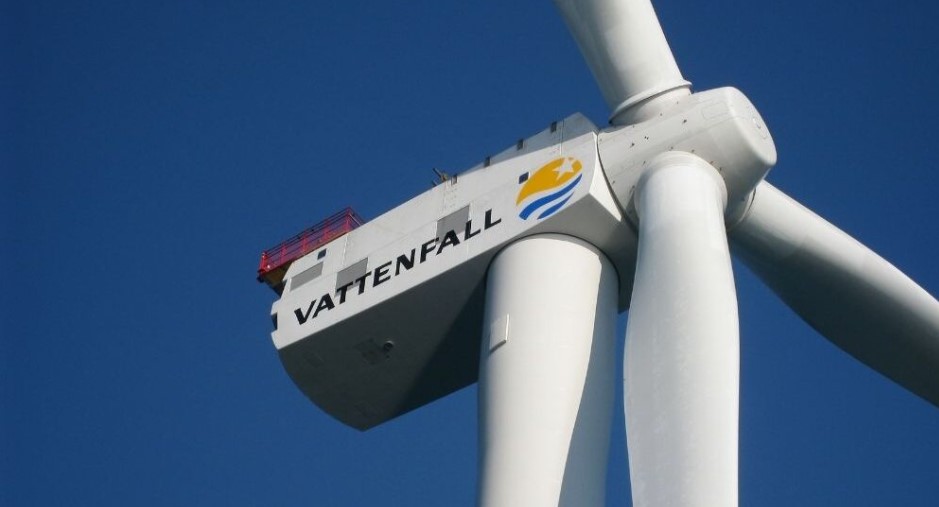


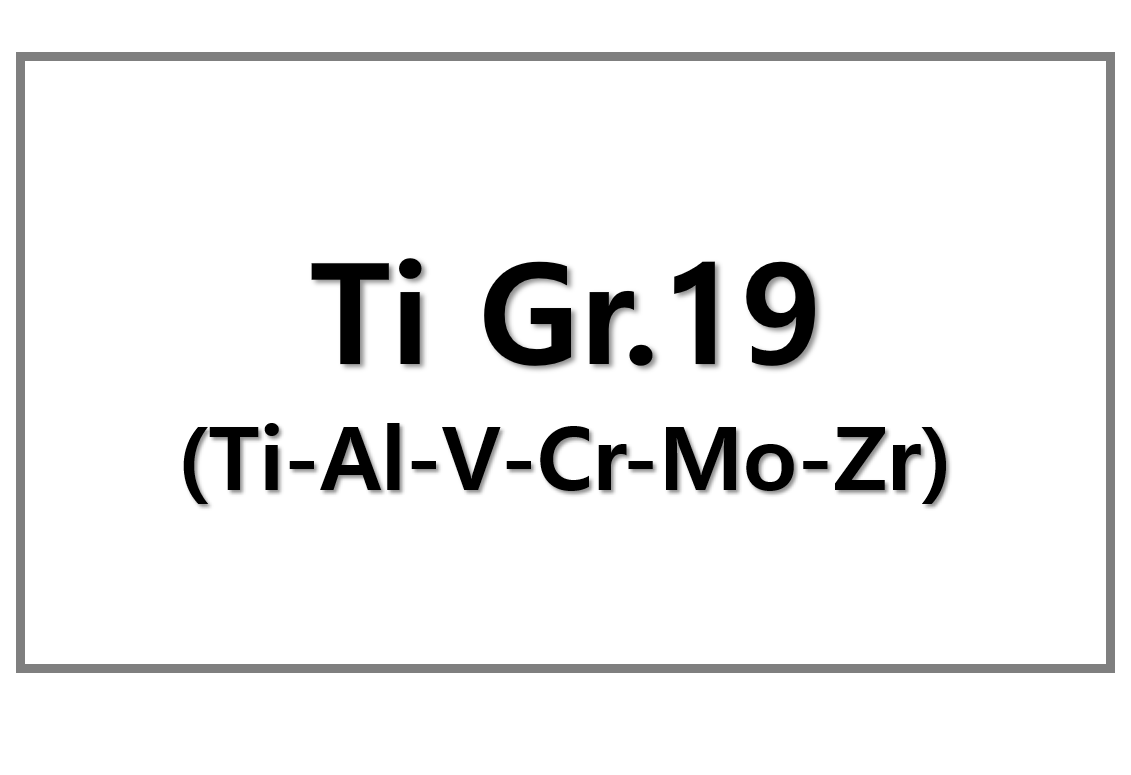
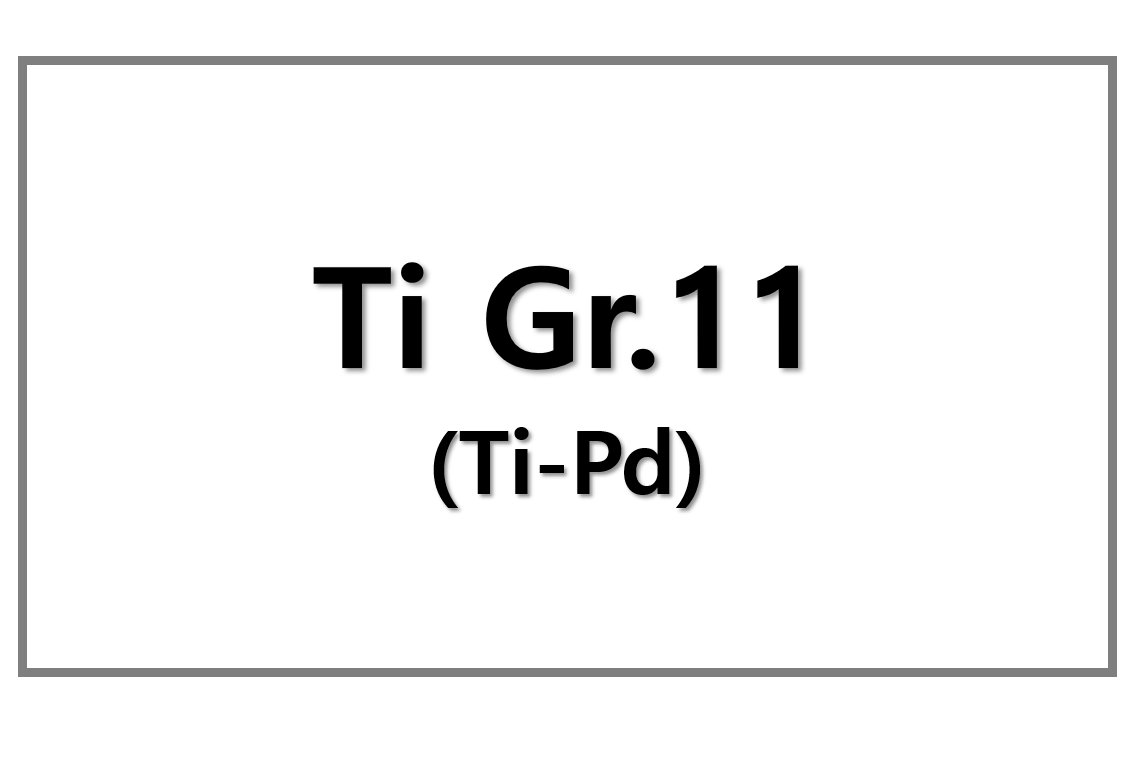
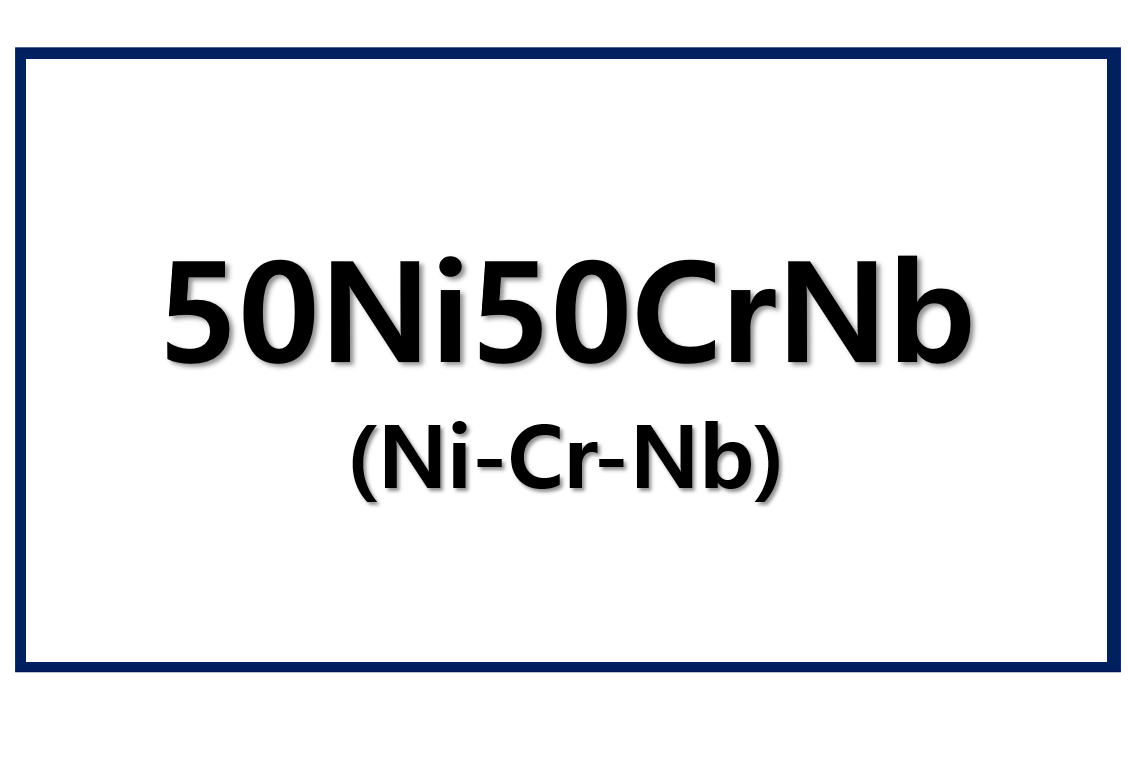
Leave a Reply
You must be logged in to post a comment.